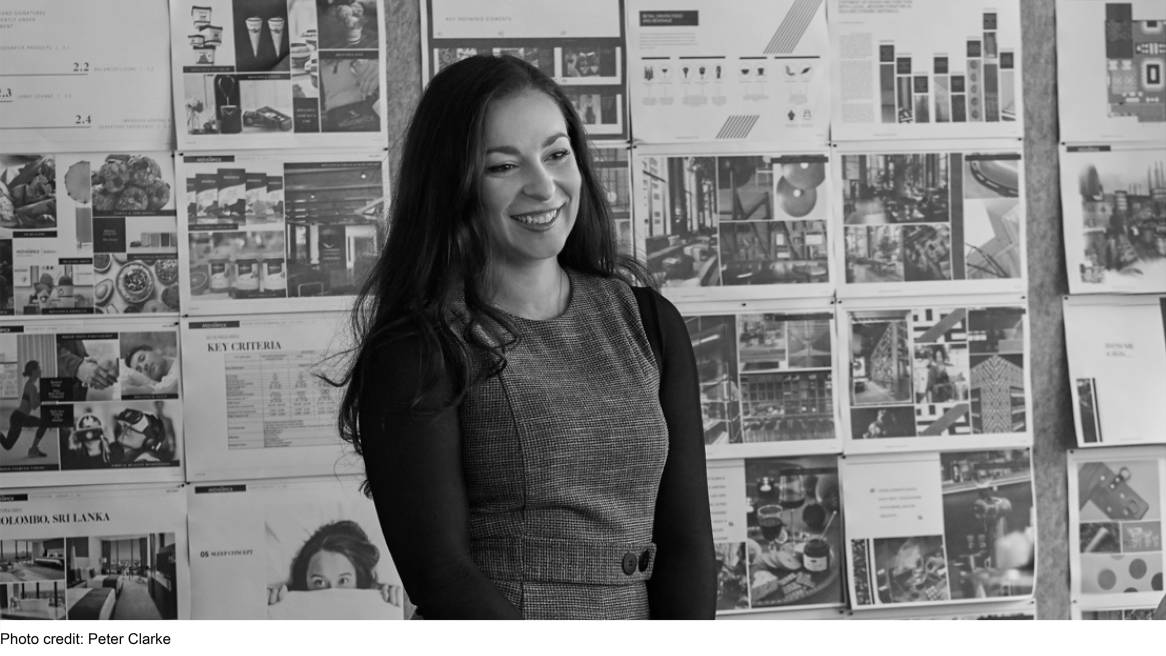A Conversation with Vicki Karavasil
Elenberg Fraser architect Vicki Karavasil is a pioneer of sustainable, human-centric design in Australia. She tells Catherine Shaw, architecture and design author, what she thinks of her latest office design, Market Lane (below) in Melbourne (and home of Steelcase’s newest WorkLife space in Australia) as a living biological object, and talks about her favourite fashion designers and architecture podcast.
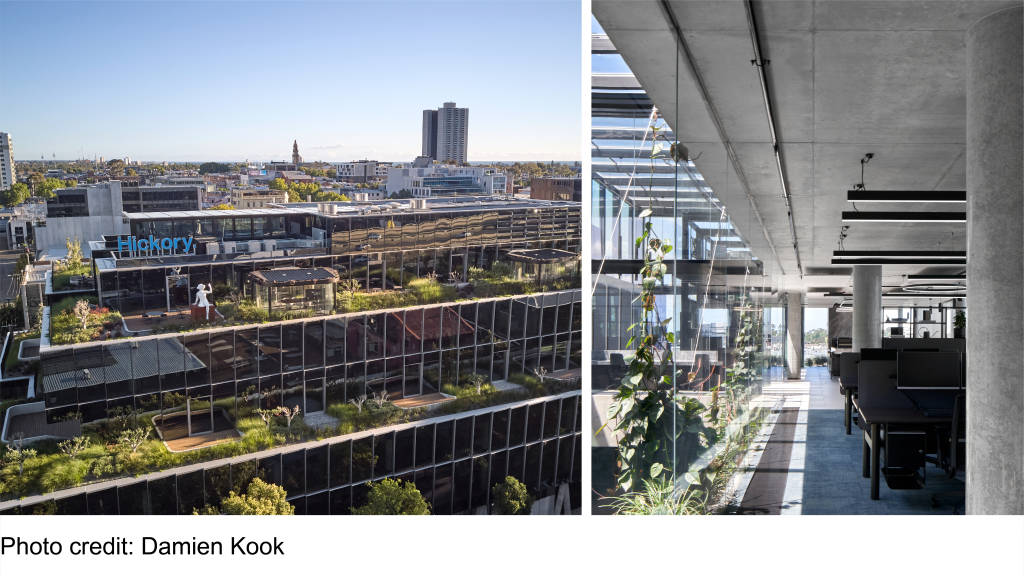
Do you remember when you first realised that you wanted to be a designer?
I’ve always wanted to do something creative. I had a very early engagement with architectural life because I would see my dad, who is a building designer, working in the attic on his drawing board, and my mum was a painter, so I began painting when I was very young.
How did that develop into an interest in architecture?
I didn’t think about architecture until my late teenage years when I had the opportunity to try out different work experiences from graphic to landscape design. As soon as I tried architecture, I fell in love with it. It is such a broad creative field and I felt it would allow enough space to express myself in.
Was it a conscious choice to work on environmentally and socially aware projects?
One of my criticisms of architecture projects today is that many lack an emotional connection. It is important to me that design not be just about building something physical; it must make a difference. I discovered that using sustainable, biophilic design and thinking about aspects of wellbeing as part of architecture have more of an impact on people’s daily lives.
“I discovered that using sustainable, biophilic design and thinking about aspects of wellbeing as part of architecture have more of an impact on people’s daily lives.”
How has working and living in Melbourne during the pandemic affected your creative mind?
The pandemic has changed the way we all use offices and made us all aware of the social element we don’t have at home. Personally, I like the idea of flexibility to work in both environments: the office offers connection with the team and creative thinking, but it is also good to have the quiet of home to think and work in a focused way.
Has it changed the way you will design the office of the future?
There has been a change coming for a while now, so it is not just the pandemic driving it. One of the most important aspects is that millennials simply don’t stay working in one office or business for as long as previous generations. They are looking for different things and we’ve been learning what they want. In years to come they will be the main workforce, so we must make the design of their workplace more about them.
Recently you designed Market Lane – whose focus on health and leisure means people refer to it as a ‘non-office office’ – Melburnians are known for a good work-life balance, so how does this work – do people now stay at the office longer?
Flexibility is important to allow people to work in a way that makes them feel comfortable. At Market Lane (shown below) we incorporated the outside world into the office, so people have access to activities such as yoga classes, and there are showers so you can freshen up after exercising or cycling to work. We also thought about food and beverages so everyone can get a good lunch or meet up for a drink after work. The office is a community and cross-pollination is important, so there is open plan as well as private areas for when you want to be alone. These seemingly small things really impact how people behave. We also brought in inspirational biological things that reference the natural world, and made sure there is fresh air. We need to understand buildings as living objects.
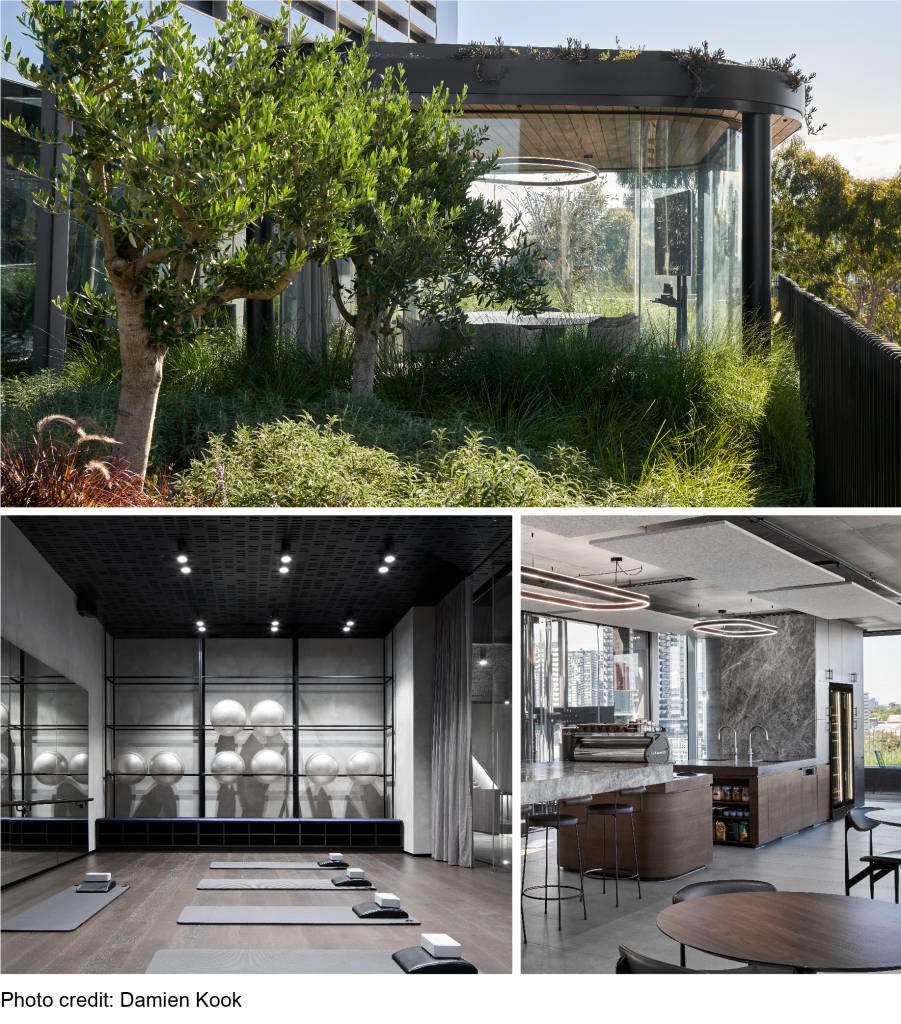
Best advice you would give someone considering architecture as a profession?
There is a lot of pressure early on to make decisions about your education, and architecture school is a big commitment. It is a long course and very difficult, so you must love it. It is important to be creative, but one of the most important skills is learning how to present your work.
What do you do when you need inspiration?
I haven’t had time to paint for a while now, but I have been thinking about how much I enjoyed experimenting with acrylics and dissecting ideas to create a collage effect in one image. The idea of deconstructing things down into smaller parts, to explore them in detail has informed the way that I work. I love travelling and learning about different cultures, especially through their architecture and food. I like to go to non-touristy areas and see how people there live and act. When you are not working you are less stressed and have more time, so that means I can look up and around and really see things. During the pandemic when we could not travel, my fiancé and I enjoyed cooking and trying out different restaurants. Melbourne has an incredibly diverse culinary landscape.
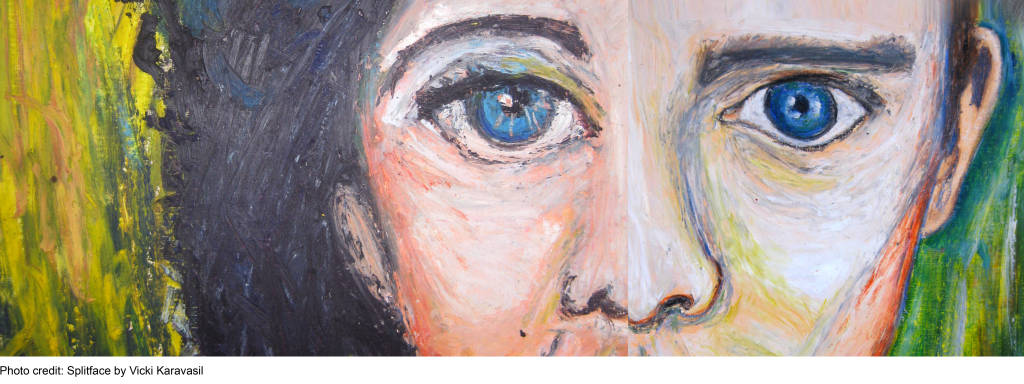
What has been your most surprising creative experience?
Travelling to Italy was a revelation. It has the most amazing history, and cities like Florence and Rome are the epitome of art and architecture. It was so surprising how much I felt when I walked into some of the buildings. Many contemporary buildings don’t give you a strong reaction, but some of the Italian buildings gave me a very powerful emotive feeling – I felt like crying. Then when I travelled to Japan, I realised that even though Japanese art and architecture are so completely different, they still have a similar powerful spiritual connection between the landscape and person. I really appreciate the Japanese industrial craft sensibility, how artists and designers focus on minuscule details and the multiple ways to occupy a space.
Your designs are so contemporary, yet you seem to have a fascination for historical architecture. Do you have a favourite design era?
Yes. It is not obvious in my work, but I love modernist architecture. It is such a pure expression of space and form, and beautiful despite its functionality.
What podcast would you recommend to someone wanting to understand more about architecture?
I always enjoy listening to About Buildings + Cities by Luke Jones and George Gingell. Their podcast about architecture, buildings and cities is so interesting and they go into a lot of detail. I like how they dissect the elements. For example, they will go into one home and talk about how it was designed that way.
Where would you first like to travel after COVID?
I would love to go to Spain and France – for the food and architecture. In Spain, I’d like to visit Gaudí’s architecture, because I’d love to learn more about how he referenced biology in his designs. That is a particular interest of mine. In France, I’d like to see Paris and explore the wine regions and cheese-making in the rural areas.
Do you have a personal signifier?
I am not driven by pattern and prefer a clean aesthetic. I wear a lot of monotone clothes, and it will always be one continuous tone and look and mostly black. I also love pastel colours.
If you weren’t an architect, what would you do?
Definitely something creative like fashion design. I think it calls for a similar mindset and I would enjoy the experimental component, especially with materials.
Do you have a favourite designer?
Iris Van Herpen. Her work is incredible and is exactly what I mean by fashion taking design to the next level of execution and how you can express ideas purely. Her pieces often reference nature and biological formations with an brilliant application of craftsmanship. This is something I personally look to when designing: biology and natural matter of the world – natural things which surround us every day. This is the best reference for optimisation, adaptation and understanding buildings as living biological objects. The attention to craft is also a very important component.
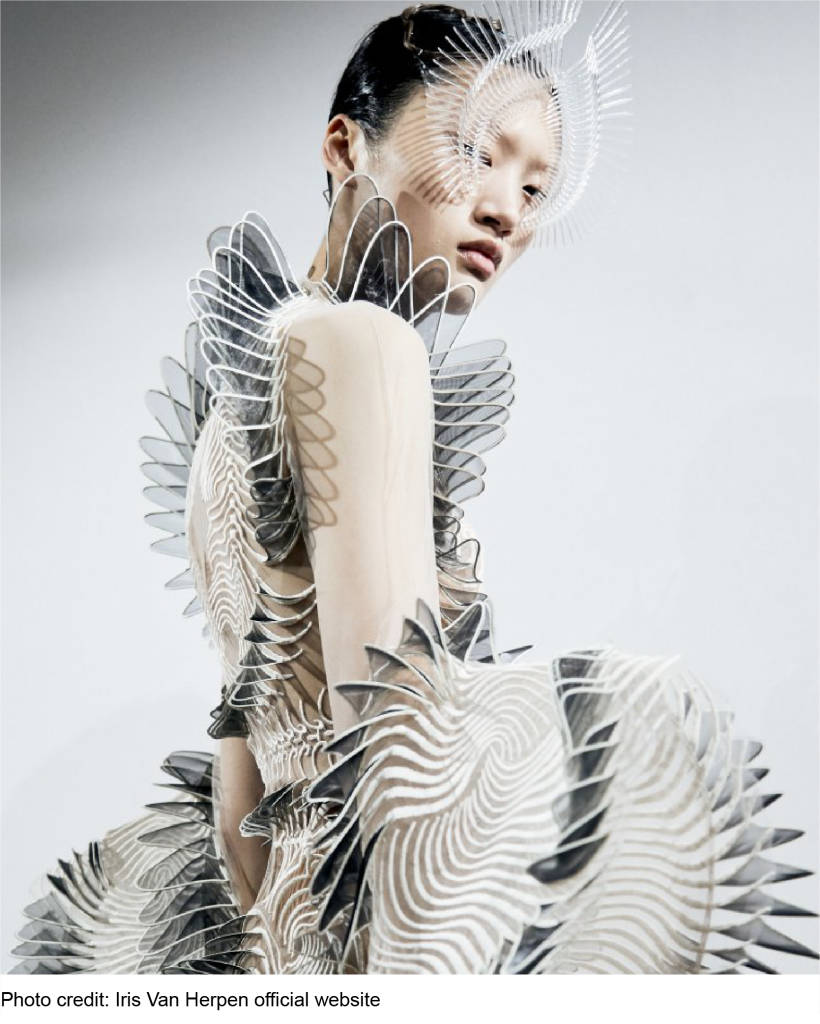
What about in Melbourne? Is there anyone in the fashion industry there that you like?
My favourite Australian fashion designer is Tony Maticevski. I really like how he uses techniques of drapery and his understanding of fabric to create amazingly complex pieces with a sense of fluidity although they are very structured and robust.
The best gift you’ve given or received recently?
I’m not very materialistic and prefer experiences to things. The best one I’ve ever given was a hot air balloon ride over the Yarra Valley in Victoria. We went up very early in the morning and had the most amazing perspective of cows fast asleep lying on their side on the grass in their paddocks. I’ll never forget the gift of floating above and looking down on them.
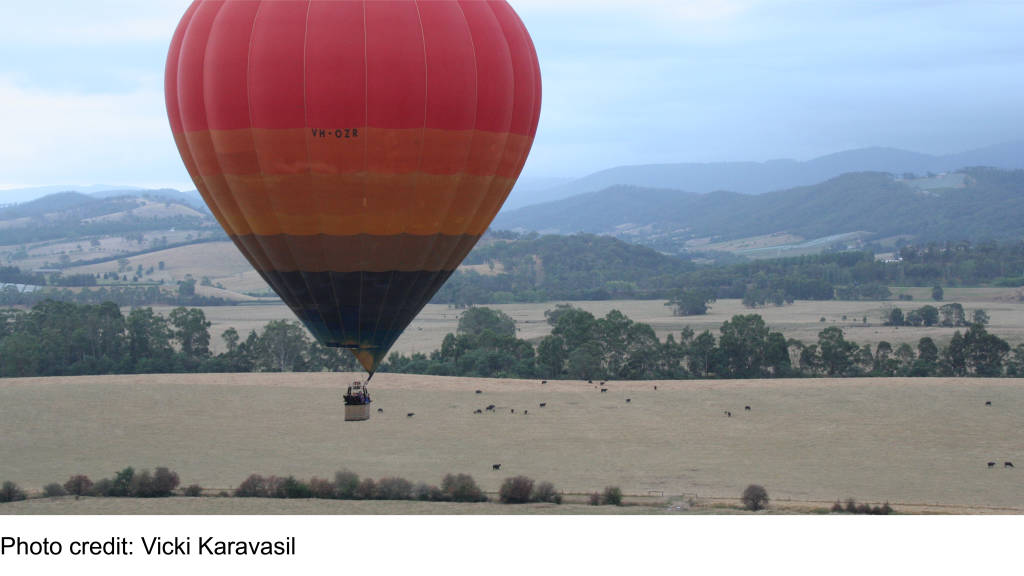
Learn more here to watch and read about our work with the “non-office, office,” Market Lane.

